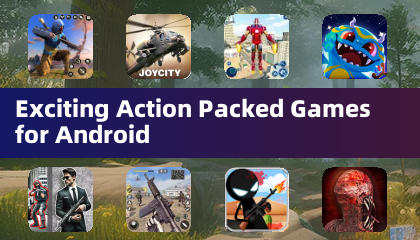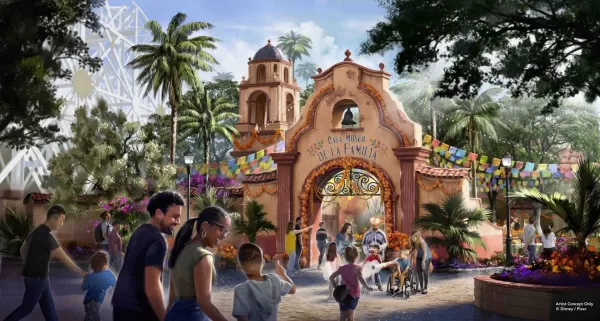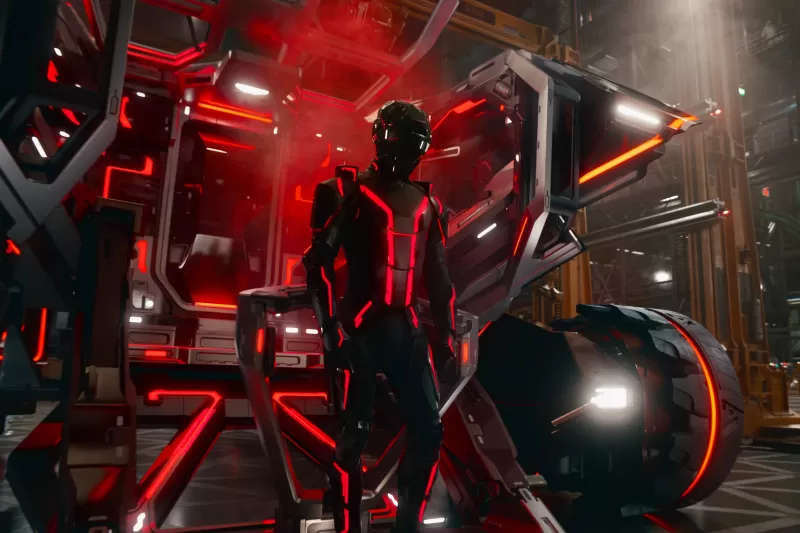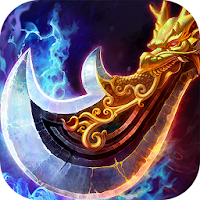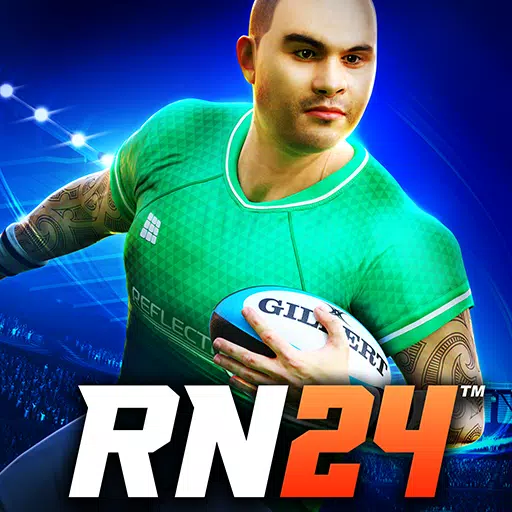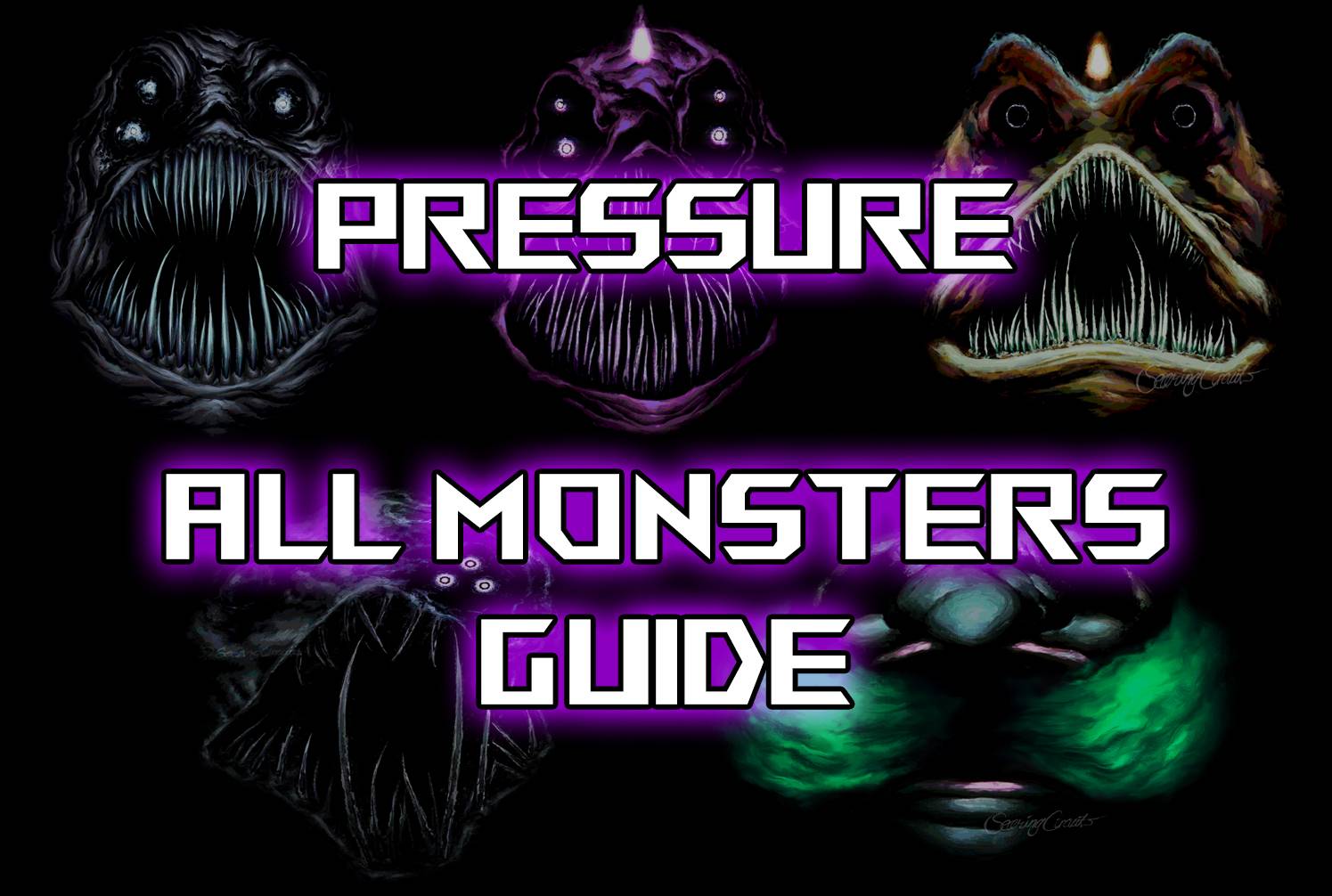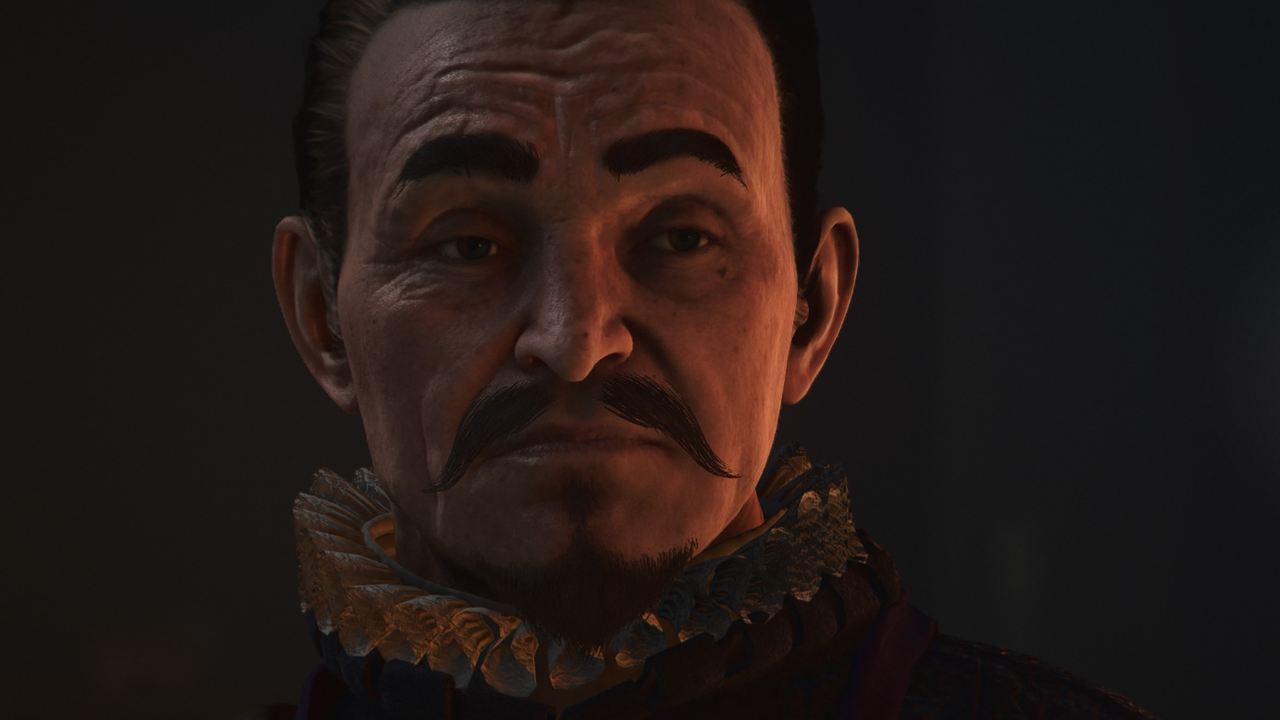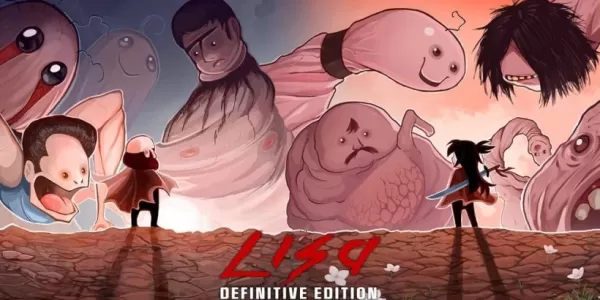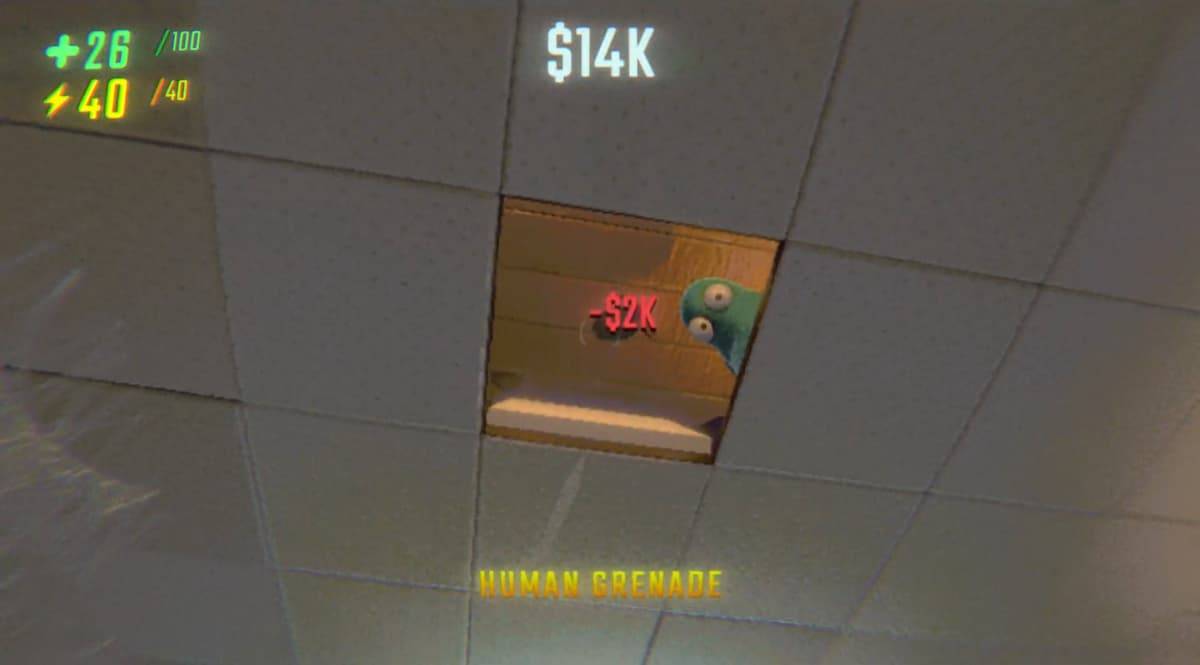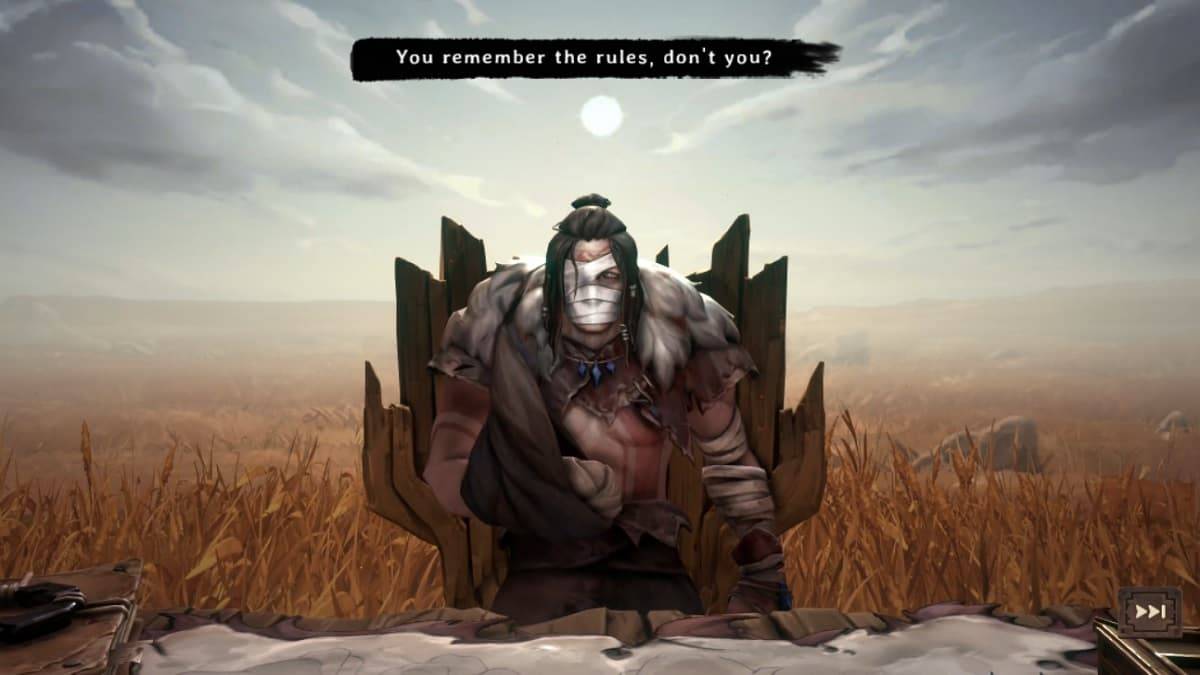From the arid deserts to lush forests, fiery volcanoes, and even the icy tundra, the Monster Hunter series has always delighted fans with its diverse range of environments, each boasting unique ecosystems shaped by its resident monsters. The thrill of exploring these uncharted territories and tracking down formidable beasts remains one of the most compelling aspects of the Monster Hunter experience.
This sense of adventure continues with Monster Hunter Wilds, the latest installment in the franchise. After traversing the Windward Plains and Scarlet Forest, players will venture into the Oilwell Basin, a new region engulfed in flames and covered with oilsilt. Navigating through this seemingly inhospitable terrain, you'll encounter the remnants of an ancient civilization amidst the slow-moving creatures that thrive in the mire.
Yuya Tokuda, the director of Monster Hunter: World and Monster Hunter Wilds, offers insights into the Oilwell Basin's dynamic nature. "During the Fallow, the Oilwell Basin is inundated with mud and oil. When the Inclemency, known as the Firespring, arrives, it ignites the oilsilt. During the Plenty, the burnt oil and soot dissipate, unveiling the underlying minerals, microorganisms, and the vibrant colors of manmade artifacts," he explains.
Down in the Muck
When designing the Oilwell Basin, the development team aimed to create a vertically layered environment. Kaname Fujioka, who directed the first *Monster Hunter* and serves as executive director and art director for *Wilds*, elaborates, "After creating the horizontally expansive Windward Plains and Scarlet Forest, we wanted to make the Oilwell Basin a vertically connected locale. The environment varies across its top, middle, and bottom strata. Sunlight reaches the top, where oil accumulates like mud, and as you descend, the heat intensifies, with lava and other substances becoming more prevalent."Tokuda adds, "From the middle to the bottom strata, you'll encounter creatures reminiscent of aquatic life, evoking images of deep seas or underwater volcanoes. In World, we used the concept of aquatic creatures living on land to design the Coral Highlands' ecosystem. We've applied that knowledge to craft the Oilwell Basin's unique creatures and ecosystem."
The Oilwell Basin transitions from a barren, fiery wasteland during the Fallow and Inclemency to a vibrant, marine-like environment during the Plenty. Fujioka hopes players will appreciate this striking contrast. "During the Fallow and Inclemency, the Basin resembles a volcano or hot spring with smoke emanating everywhere. In contrast, during the Plenty, it takes on a clear, ocean-like hue. Closer inspection reveals a region teeming with ocean bed-dwelling creatures."The Oilwell Basin's ecosystem is distinct, driven by geothermal energy rather than sunlight and vegetation. Beneath the oilsilt, you'll find a variety of life, from shrimp and crabs to small monsters that provide raw meat, all contributing to a complex food chain.
The large monsters in the Oilwell Basin are equally unique. One such creature is Rompopolo, a globular, noxious monster with a needle-like mouth. Fujioka describes its design, "We envisioned Rompopolo as a tricky swamp-dweller that disrupts players with its toxic gas. The 'mad scientist' theme inspired its chemical purple hue and glowing red eyes. Interestingly, the equipment crafted from it, including Palico gear, has a surprisingly cute aesthetic."
Tokuda finds the Rompopolo Palico equipment amusing, and firsthand experience confirms their sentiment. Players are encouraged to craft and experience this equipment themselves.
Flames of Ajarakan
Another notable monster in the Oilwell Basin is Ajarakan, a gorilla-like creature engulfed in flames but with a slimmer silhouette compared to the Scarlet Forest's Congalala. Ajarakan's martial arts-inspired movements, including its bear hug attack on Rompopolo, showcase its charm and strength.
Tokuda explains, "Typically, fanged beasts have low hips, positioning their heads at eye level with the hunter, which can minimize the perceived threat. With Ajarakan, we aimed for a top-heavy, towering silhouette to enhance its menacing presence. We incorporated flame elements suitable for the Oilwell Basin and wrestling-inspired grabbing attacks to highlight its physical prowess. Ajarakan combines strength, physical attacks, and fiery assaults, such as melting objects and hurling them at players."
Fujioka adds, "With the introduction of unique monsters, we thought it was a good opportunity to include a straightforward, powerful creature like Ajarakan. Its attacks are simple yet impactful, like punching or slamming its fists to create bursts of flame."
Ajarakan occupies a high position in the Oilwell Basin's ecosystem, its flashy, flame-infused attacks distinguishing it from the poison gas and oilsilt-utilizing Rompopolo. Fujioka notes, "Initially, Ajarakan was just a physically strong monster. We wanted to imbue it with more personality, leveraging the fiery setting. Instead of merely breathing fire, we designed it as if it wore flames on its back, reminiscent of the Buddhist deity Acala. We envisioned its internal temperature rising, allowing it to melt anything in its path, giving it a more dynamic character. Ajarakan's embrace, whether of the hunter or Rompopolo, is something players would want to avoid due to its extreme heat."Despite its straightforward power, Ajarakan's design evolved to include more dynamic movements as development progressed. Fujioka shares, "We kept adding various interesting techniques, such as Ajarakan jumping into the air, curling up, and slamming down."
A Monster Generations in the Making
Dominating the Oilwell Basin's ecosystem as its apex predator is the "Black Flame," now officially named Nu Udra. This octopus-like creature secretes flammable oil, enabling it to stretch and wriggle across the Basin. Just as Rey Dau controls lightning in the Windward Plains and Uth Duna envelops itself in water in the Scarlet Forest, Nu Udra cloaks itself in flames. Fujioka confirms the inspiration behind Nu Udra, stating, "We drew from octopuses, aiming for a striking silhouette with demonic horns, yet designed it so its face remains ambiguous."
Tokuda notes that even the music during Nu Udra battles reflects its demonic theme, with compositions featuring instruments and phrases reminiscent of black magic.Nu Udra's tentacle movements echo those of past monsters like Lagiacrus from Monster Hunter Tri. Tokuda shares, "In Tri, I proposed an octopus-shaped monster for underwater combat, focusing on its distinctive movements. Despite technical challenges, I held onto that idea, envisioning various severable parts. Now, with Wilds, we've brought that vision to life."
Fujioka explains the team's approach to tentacled monsters like Nu Udra, "We're always interested in showcasing monsters with unique movements at impactful moments. While too many such monsters can overwhelm players, introducing one at the right time leaves a lasting impression. It's like encountering Yama Tsukami in *Monster Hunter 2 (Dos)*, floating over the mountains, evoking a sense of adventure."Tokuda fondly recalls placing Yama Tsukami in that scene, despite the technological limitations at the time. The team's dedication to creating memorable monsters shines through, drawing from a reservoir of ideas developed over years.
Nu Udra's realization marks a significant achievement for Tokuda and Fujioka. Unlike previous tentacled monsters that remained stationary, Nu Udra utilizes its cephalopod traits to move freely around the area, introducing new gameplay dynamics. Fujioka notes, "Tentacled monsters pose technical challenges, especially in navigating terrain and targeting. With *Wilds*, our technical team's tests were successful, enabling us to bring this vision to life."Tokuda adds, "Seeing the tests, we knew Nu Udra should be the Oilwell Basin's apex predator. It's an impactful monster, and despite past rejections due to technical constraints, we're finally attempting one of those long-held ideas."
Nu Udra's animations received meticulous attention, even outside of combat. After sustaining damage, it wraps around ancient pipes and wriggles through small holes in the terrain. Fujioka praises the team's efforts, "We focused extensively on depicting flexible bodies with Nu Udra. We start with ambitious ideas, challenging ourselves, and the final product's quality is remarkable when we succeed."
The team's use of new technologies to realize their accumulated ideas is evident. Tokuda recalls an animator's excitement about Nu Udra's movement into a hole, a testament to the team's dedication. Fujioka expresses pride in the real-time depiction of Nu Udra's movements, a feat only achievable in gaming.Facing Nu Udra in combat is challenging due to its flexible and ever-changing body. Tokuda advises, "Its body is soft with many breakable parts. Hunters should strategize their attacks. Severing a tentacle reduces its area-of-effect attacks, making movement easier. Nu Udra is ideal for multiplayer, as its targets are split. Use SOS flares and Support Hunters to enhance the experience."
Fujioka adds, "This monster's design encourages an action-game approach, where destroying parts leads to victory. Similar to Gravios, where breaking its tough armor reveals a strategy, careful observation and decision-making align with Monster Hunter's core gameplay."
A Welcome Reunion
Fujioka mentions Gravios, a monster returning to the series since Monster Hunter Generations Ultimate. Gravios, with its rocky carapace and hot gas emissions, fits perfectly into the Oilwell Basin.
Tokuda explains the decision to bring back Gravios, "We considered monsters that suited the Oilwell Basin's environment and the game's progression. Gravios offers a fresh challenge, making its reappearance fitting."The reimagined Gravios is tougher than ever, with its massive presence dominating the Oilwell Basin. Attacking its rocky carapace and creating red wounds allows for a Focus Strike. Tokuda emphasizes, "We wanted to preserve Gravios's signature hardness while ensuring it challenges players who have progressed significantly. It's a monster that reveals more strategies as hunters utilize the wound system and part breaking."
All Monsters in Monster Hunter Wilds
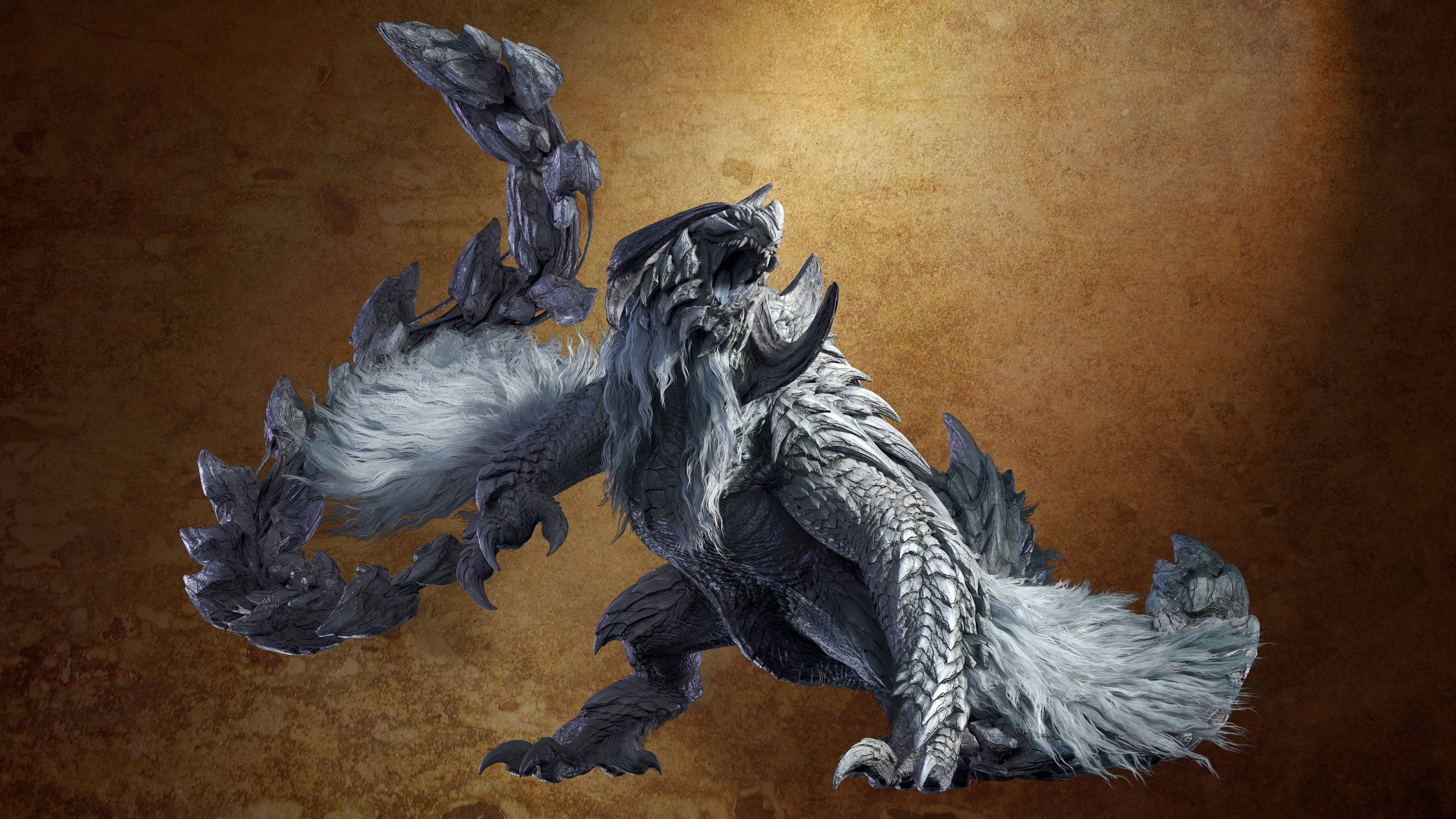
 17 Images
17 Images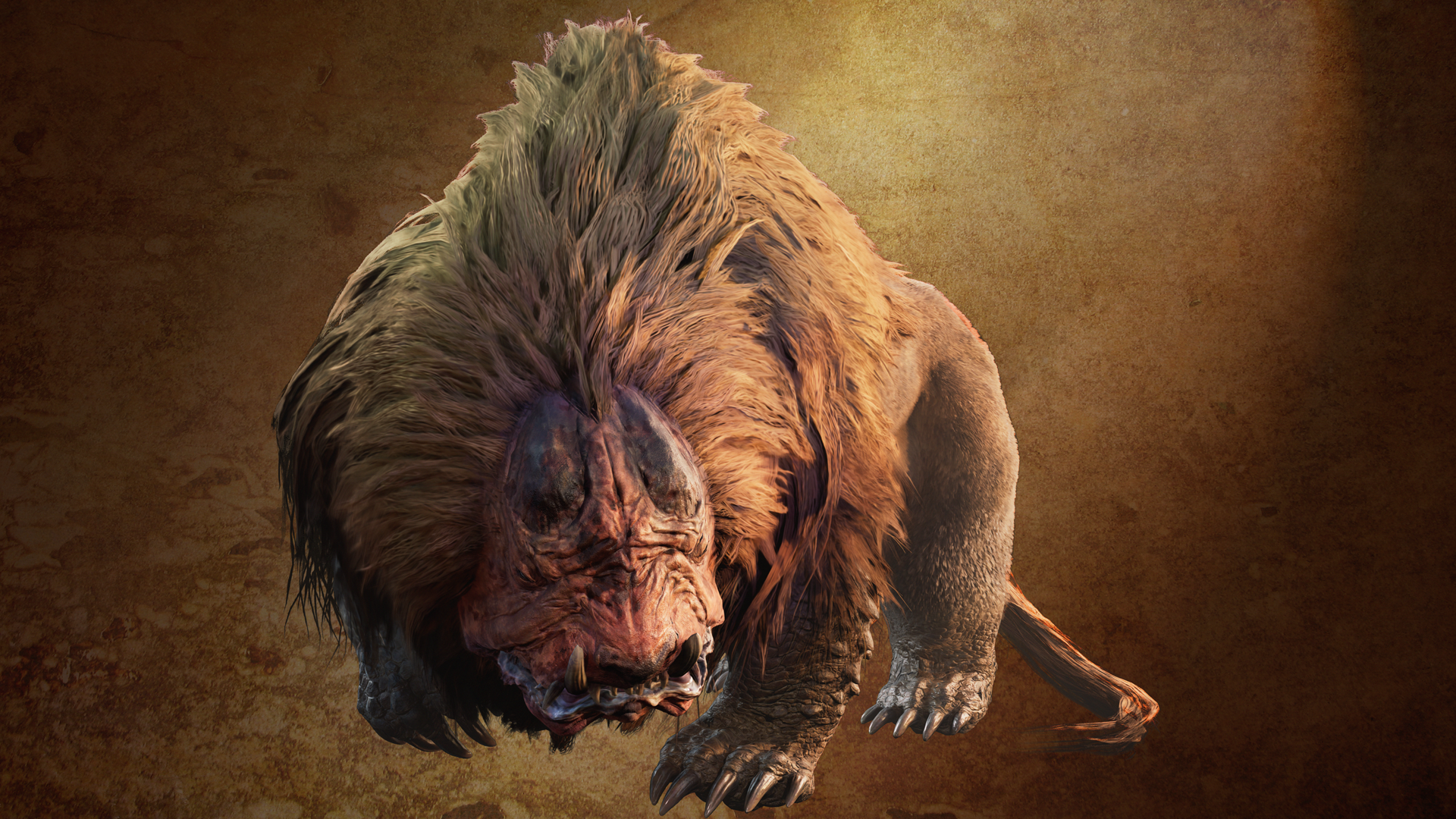
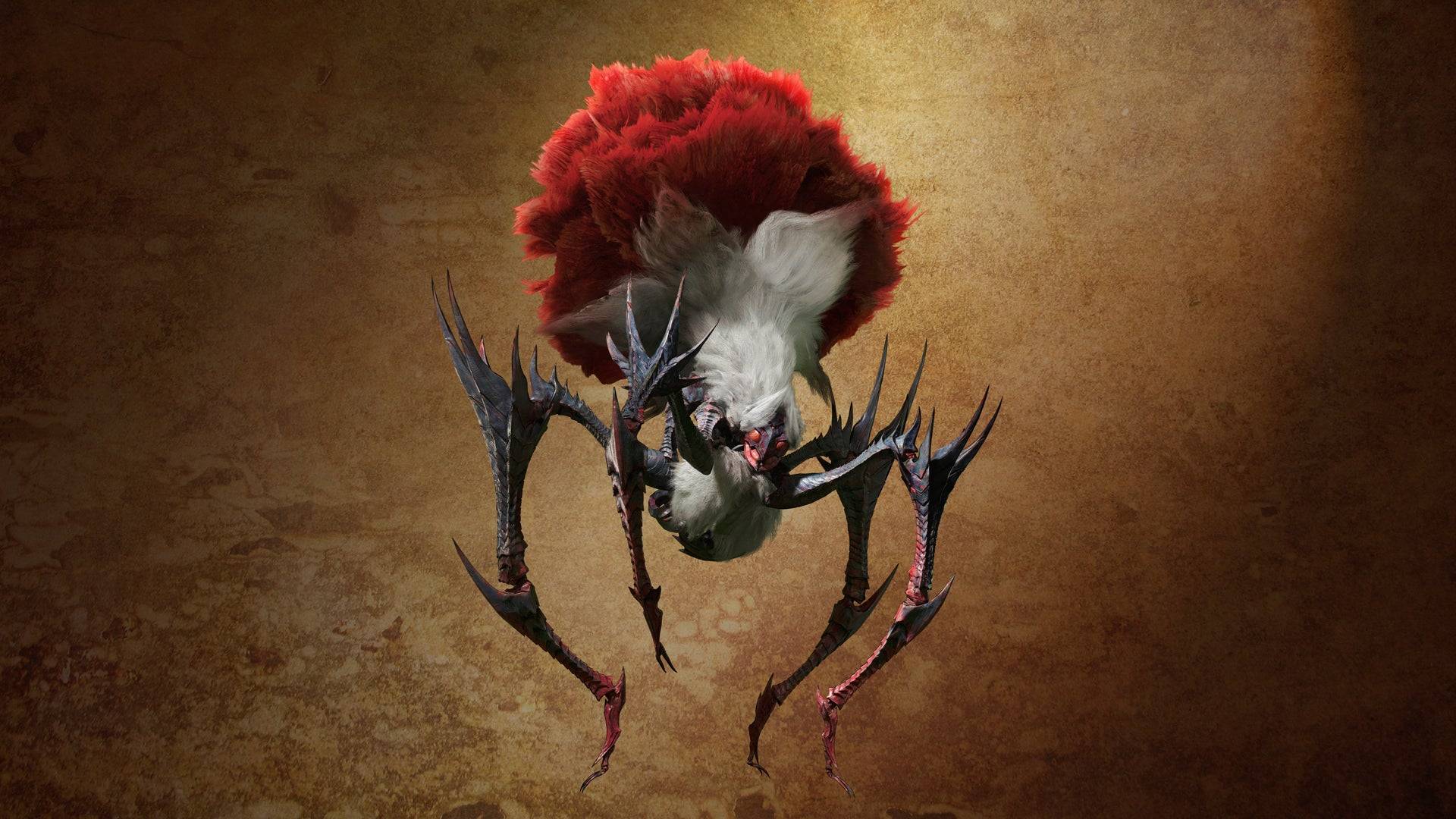
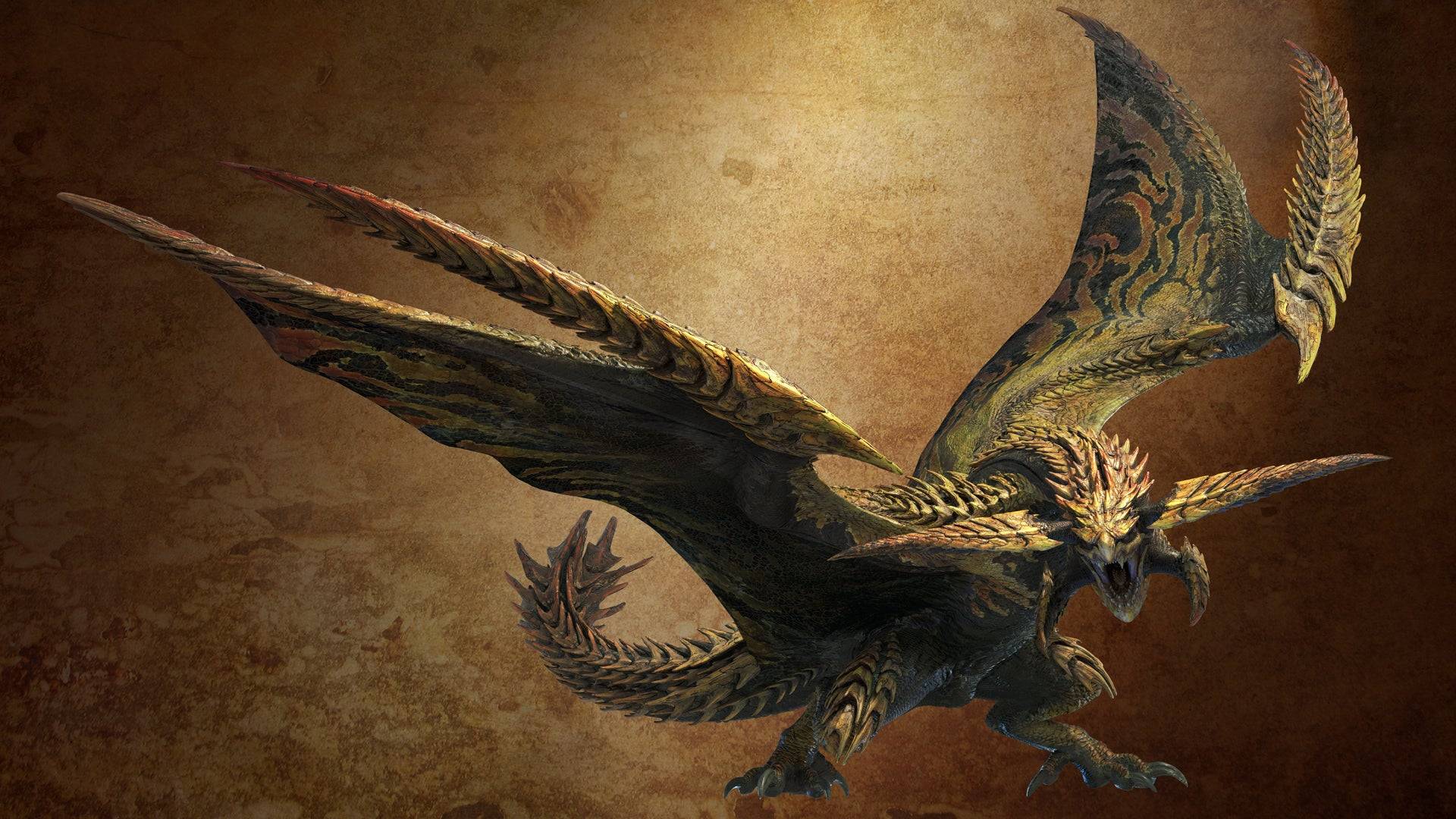
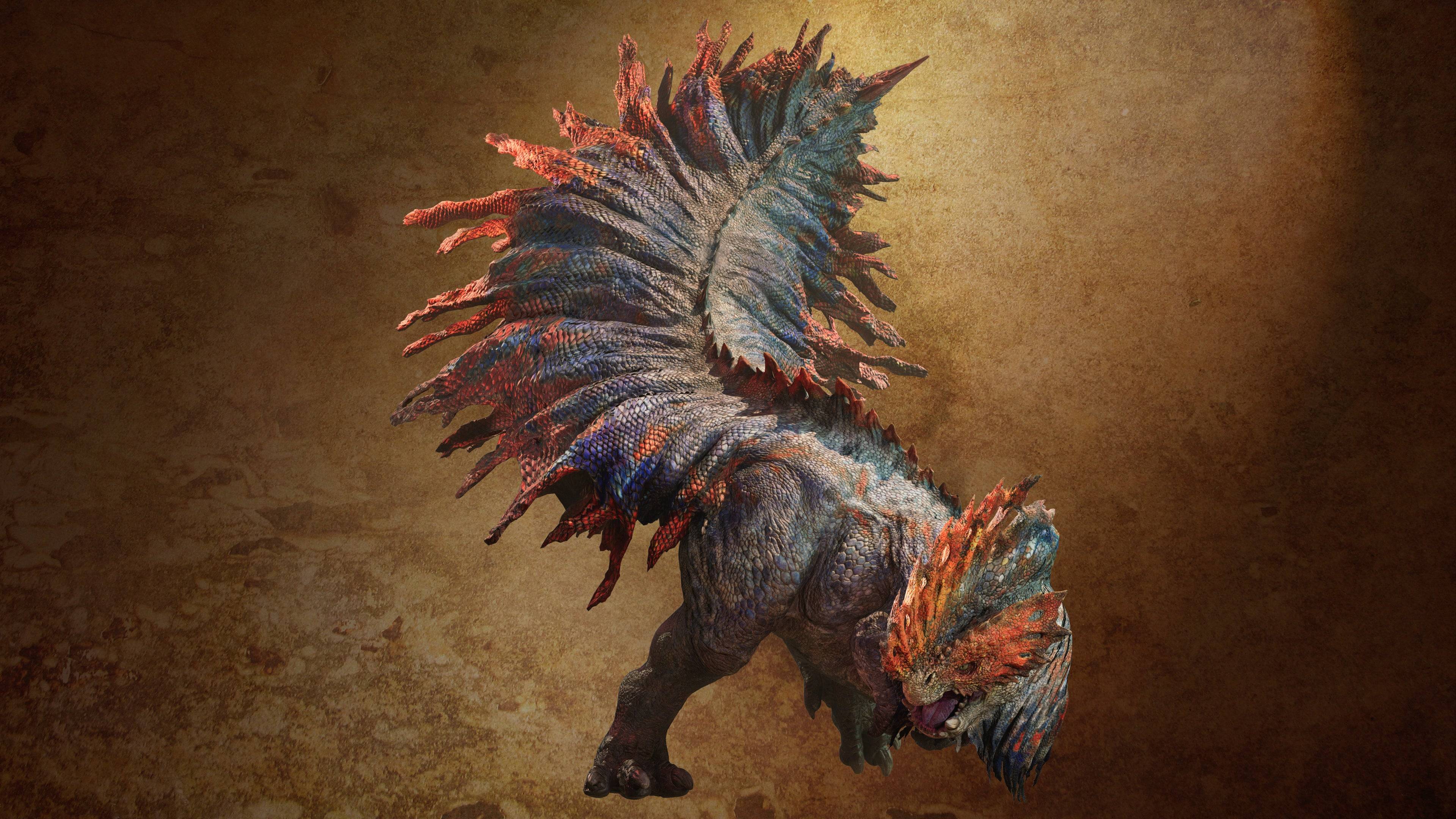 While Gravios makes a return, its juvenile form, Basarios, will not appear in Wilds. Fujioka explains, "Basarios will sit this one out. The timing isn't right, but we'll see it again in the future."
While Gravios makes a return, its juvenile form, Basarios, will not appear in Wilds. Fujioka explains, "Basarios will sit this one out. The timing isn't right, but we'll see it again in the future."
The Monster Hunter team carefully selects which monsters to reintroduce, ensuring they enhance the game's experience. Although Basarios won't be present, numerous other monsters will inhabit the Oilwell Basin, promising thrilling hunts for players equipped with their Cool Drinks.




